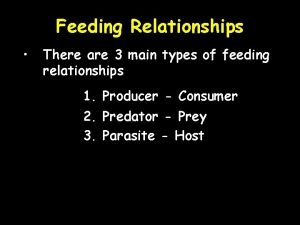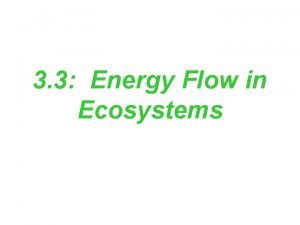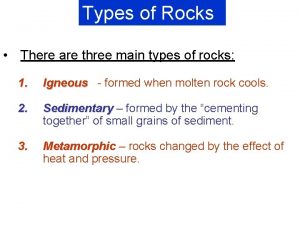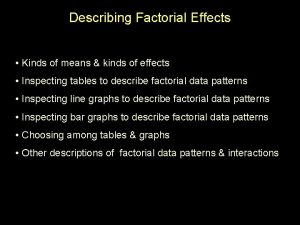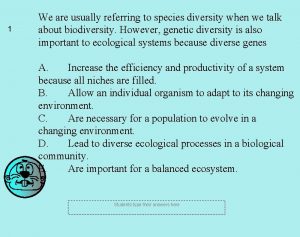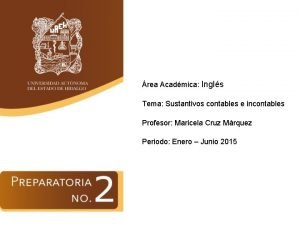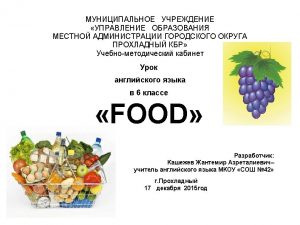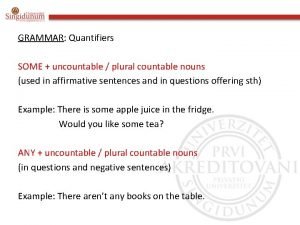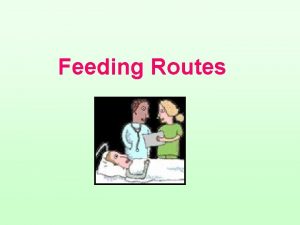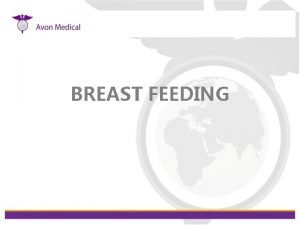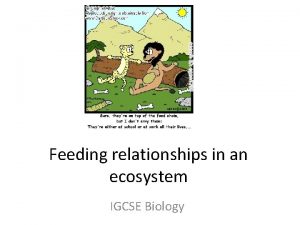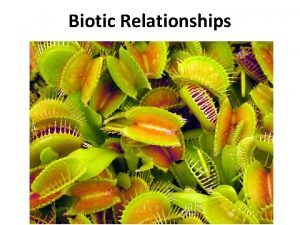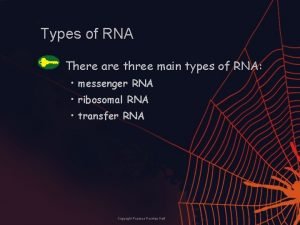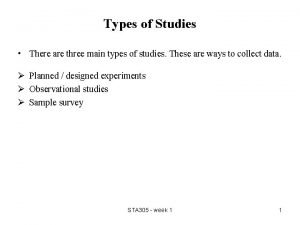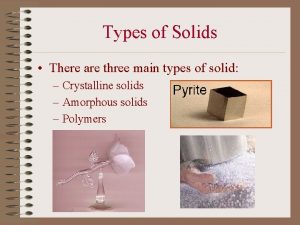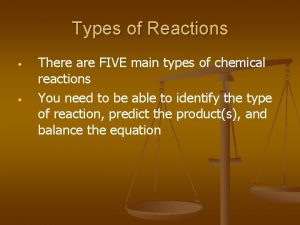Feeding Relationships There are 3 main types of



























- Slides: 27

Feeding Relationships • There are 3 main types of feeding relationships 1. Producer - Consumer 2. Predator - Prey 3. Parasite - Host

Feeding Relationships Producer- all autotrophs (plants), they trap energy from the sun • Bottom of the food chain

Feeding Relationships Consumer- all heterotrophs: they ingest food containing the sun’s energy ØHerbivores ØCarnivores ØOmnivores ØDecomposers

Feeding Relationships CONSUMERS 1. Primary consumers • Eat plants • Herbivores 2. Secondary, tertiary … consumers • Prey animals • Carnivores or Omnivores

Feeding Relationships Consumer-Carnivores-eat meat • Predators – Hunt prey animals for food.

Feeding Relationships Consumer- Carnivores- eat meat • Scavengers – Feed on carrion, dead animals

Feeding Relationships Consumer- Omnivores -eat both plants and animals

Feeding Relationships Consumer. Decomposers • Breakdown the complex compounds of dead and decaying plants and animals into simpler molecules that can be absorbed

Label Your Organism: Producer, Herbivore, Carnivore, Omnivore, Decomposer, or Scavenger

Nitrosomonas is a genus of bacteria and a decomposer in the coral reef. Add it to the food web, then compare food webs with a partner.

Energy Flow Food chain- simple model that shows how energy moves through an ecosystem in ONE direction The ARROW shows where the ENERGY goes!

Trophic Levels • Each link in a food chain is known as a trophic level. • Trophic levels represent a feeding step in the transfer of energy in an ecosystem.

Trophic Levels • Only 10% of the energy is able to be stored in the organisms tissues and transferred to the next trophic level. • The rest of the energy was used by the organism for life processes or given off as heat.


Energy Flow Food web- shows all possible feeding relationships in a community at each trophic level • Represents a network of interconnected food chains • Remember: ARROW = ENERGY

Food chain (just 1 path of energy) Food web (all possible energy paths)





Biomass- the amount of organic matter comprising a group of organisms in a habitat. • As you move up a food chain, both available energy AND biomass decrease. • WHY? ? ?

Ecological Pyramids 3 Types: • Biomass Pyramid (Kg) – Amount of living tissue in an ecosystem • Energy Pyramid (J or C) – Flow of energy in an ecosystem • Pyramid of Numbers – Number of organisms in each trophic level These 3 types may be combined!


Biomass Pyramid Note: Kilogram (Kg) is a unit of mass.

Energy Pyramid E N E R 0. 1% Tertiary consumerstop carnivores 1% Secondary consumers- t a e small carnivores H 10% H Primary consumers- Herbivores G 100% Y at e H Producers- Autotrophs t a e

Energy Pyramid Note: Joules (J) & Kilocalories (C) are units of energy

Pyramid of Numbers
 Types of feeding relationships
Types of feeding relationships Mikael ferm
Mikael ferm Continuous feeding vs bolus feeding
Continuous feeding vs bolus feeding Feeding relationship showing one path of energy flow
Feeding relationship showing one path of energy flow What are the three main types of rocks
What are the three main types of rocks Three main types of sentences
Three main types of sentences Expressing future
Expressing future What is the central idea of this passage?
What is the central idea of this passage? Void main int main
Void main int main How to know if there is a main effect
How to know if there is a main effect Species diversity:
Species diversity: There is there are ejemplos
There is there are ejemplos What part of speech is open
What part of speech is open There is there are negative form
There is there are negative form Countable and uncountable there is there are
Countable and uncountable there is there are There aren't any bananas
There aren't any bananas There is there are
There is there are Mathematics is john's favorite subject
Mathematics is john's favorite subject Adjetivos demonstrativos
Adjetivos demonstrativos Some any farkı
Some any farkı Workbook es contable o incontable
Workbook es contable o incontable Pep unit
Pep unit Ingilizce gramer zamanlar tablosu
Ingilizce gramer zamanlar tablosu Exercising game
Exercising game There is there are
There is there are Hay is
Hay is Sightseeing countable or uncountable
Sightseeing countable or uncountable If there is no struggle there is no progress explanation
If there is no struggle there is no progress explanation
